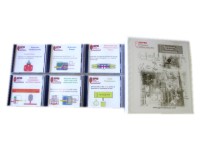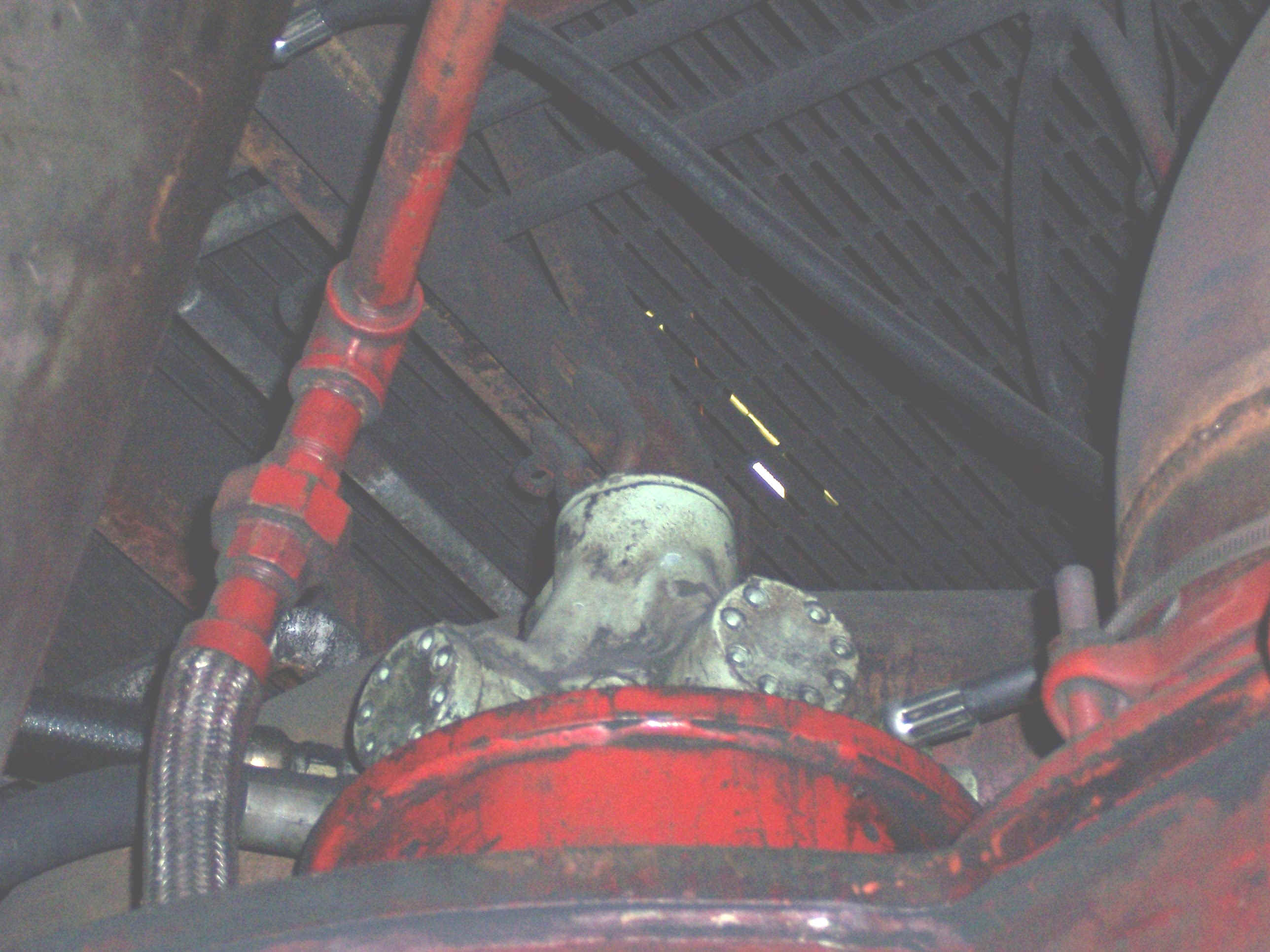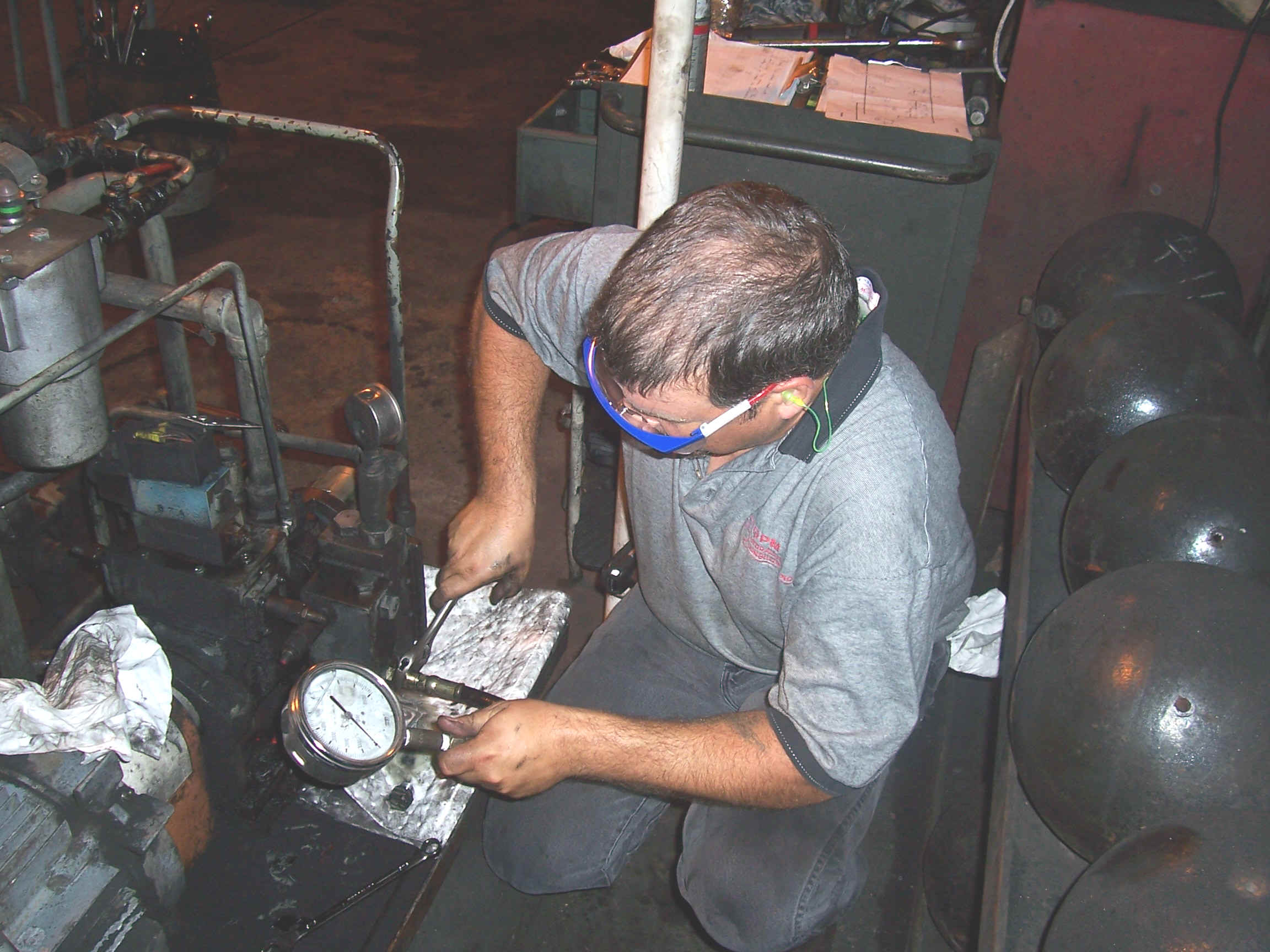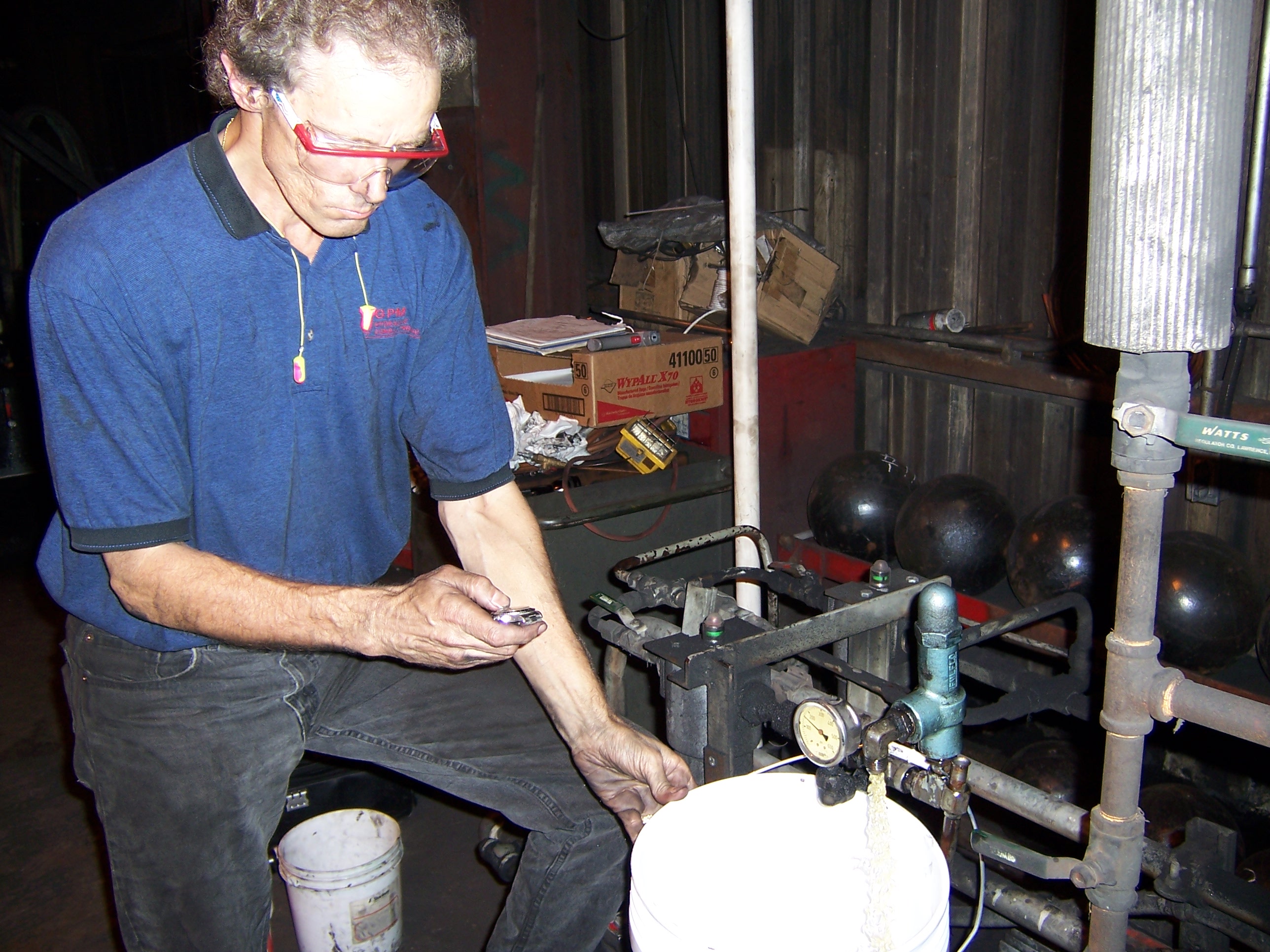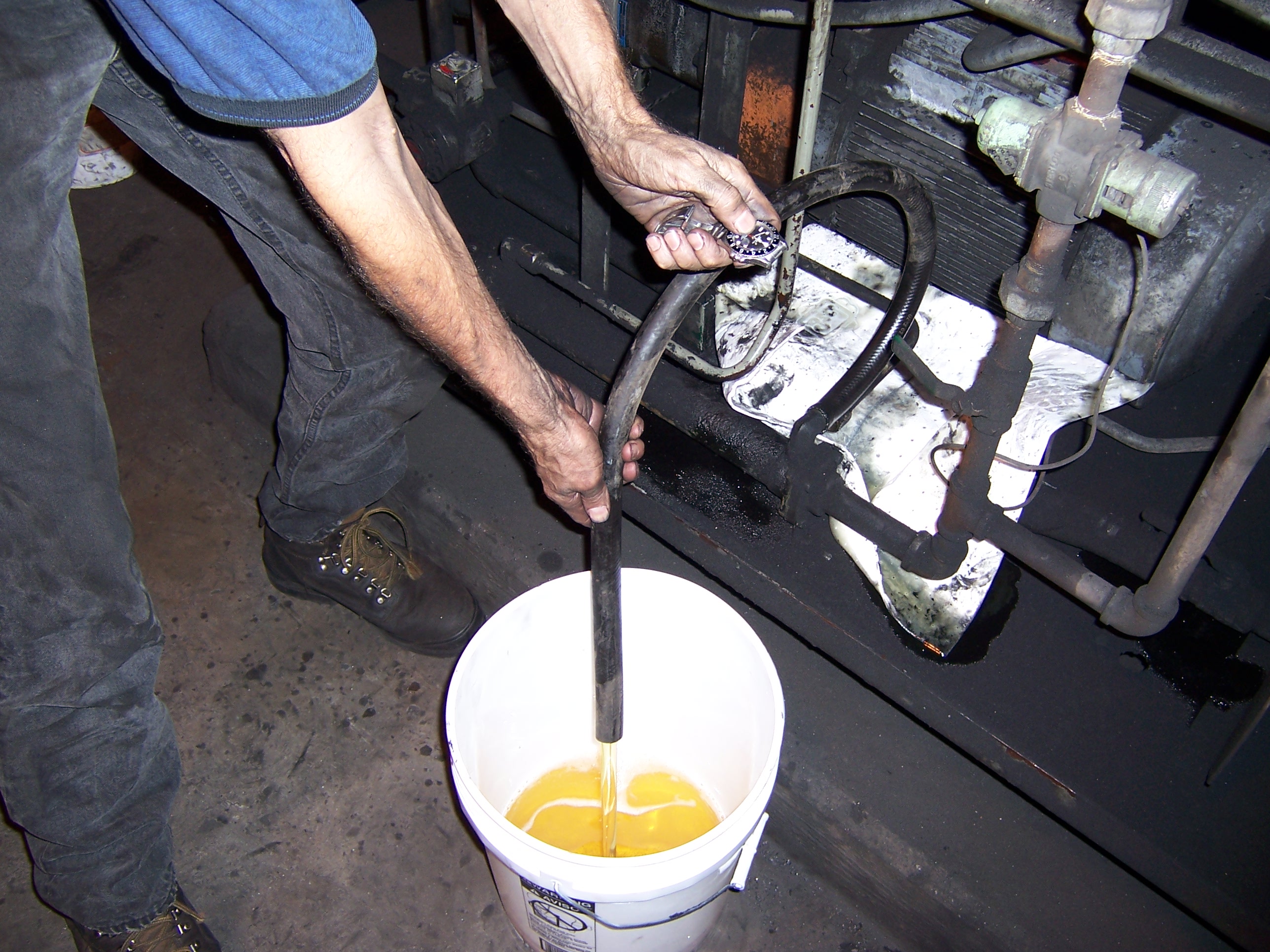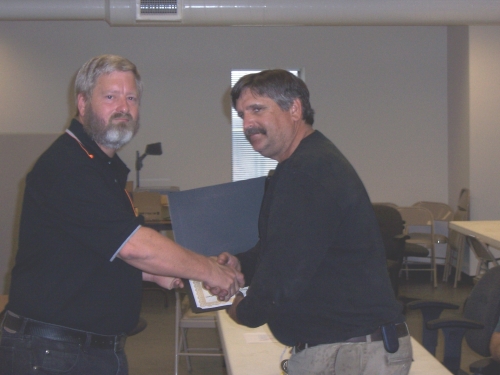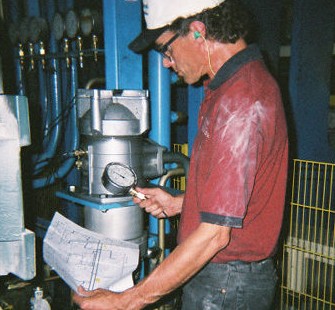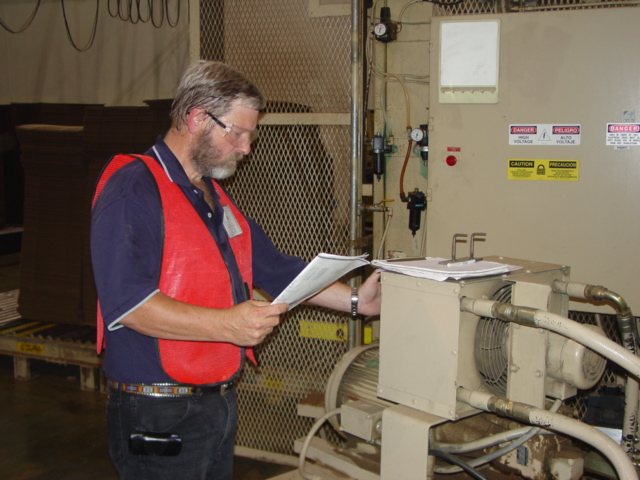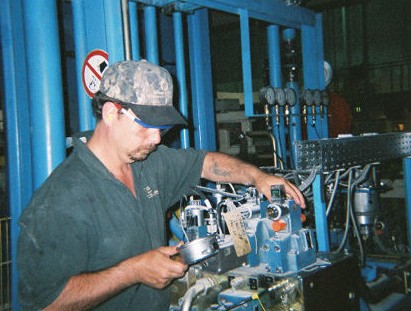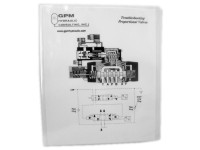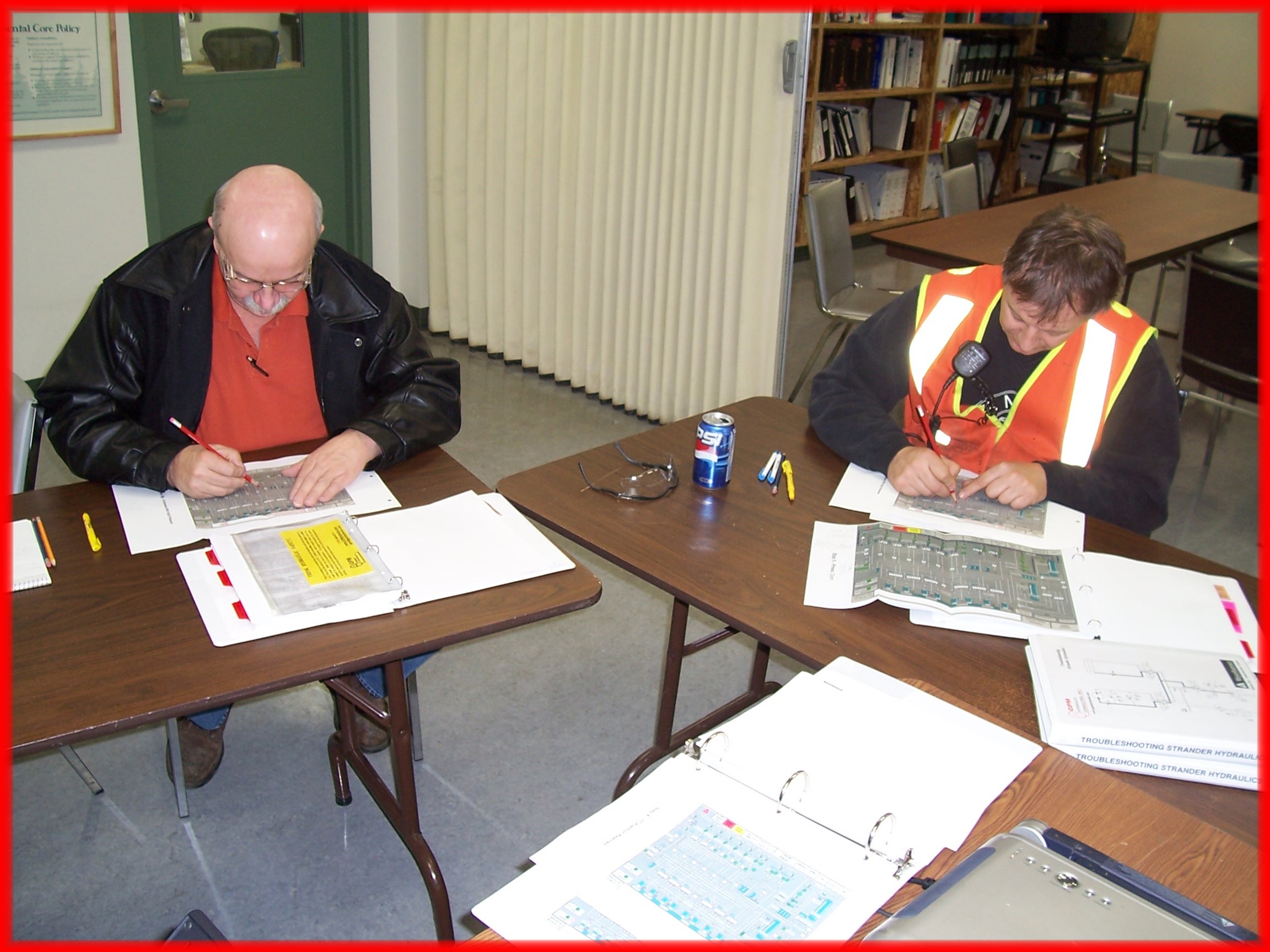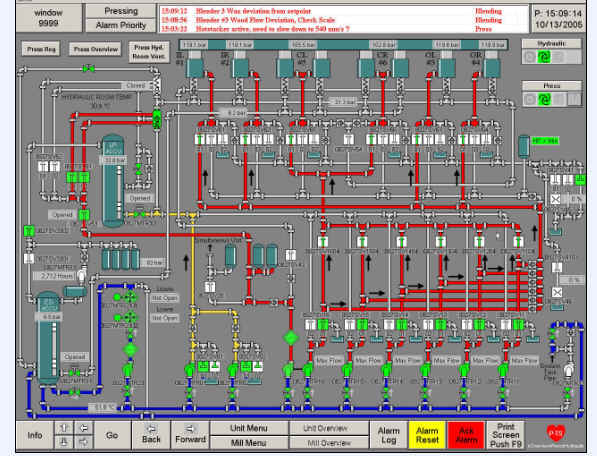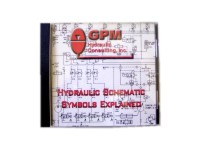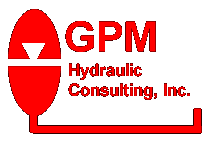
P.O. Box 1376 Monroe, GA 30656 (678) 267-3395 gpm@gpmhydraulic.com
|
September 2006 | ||||||||||||
|
CLICK HERE to send this newsletter to a friend! |
|||||||||||||
|
|||||||||||||
|
|
|||||||||||||
|
|
Maintenance Hydraulic Troubleshooting on Interactive CD Our nationally acclaimed
Maintenance Hydraulic Troubleshooting workshop
on six fully interactive CD's. Includes our MHT workshop manual.
6-CD Set - $1200 Individual CD's - $250
+ Shipping and Handling.
Click on http://gpmhydraulic.com/mhtcds.htm
to find out more.
|
||||||||||||
| 1. My Coal Pulverizer's rpm's are outside the normal range when the hydraulic motor is loaded and unloaded, can the hydraulics be causing the problem not my air flow? | |||||||||||||
 Alan
Dellinger -
Consultant for GPM Hydraulic Consulting Inc. Alan
Dellinger -
Consultant for GPM Hydraulic Consulting Inc. |
|||||||||||||
|
Many Boilers today use coal for fuel. This process
is accomplished by using a Pulverizer which is driven by a hydraulic pump
and motor that rotates large internal steel balls that will grind the coal
into a fine powder. It works very similar to a corn mill. There are many
Pulverizer's that use Hydrostatic Pumps to operate them.
There are many components in a hydrostatic circuit that can cause the rpm's to change when the load is increased and decreased on the hydraulic motor. Here are a few test that can be made to determine if it is the hydraulic system. 1) Check the motor case drain flow. The case drain line can be ported into a container to observe the flow rate. This flow should be checked initially when driving the Pulverizer lightly loaded. The test should again be made when fully loaded. Although no recommended flow rate is given for some motors an oil flow of less than 1 GPM should be expected. If there is a significant difference between the light and fully loaded flow rates then the motor should be changed. A flow meter can also be permanently installed in this line to monitor the case flow.
2) Set the crossport relief valves 200-400 PSI above the pressure required to drive the Pulverizer fully loaded. A gauge will need to be installed in the high-pressure port on the block that is located on the side of the pump. To set the pressure, the pump volume should be dead headed. Pressure will then slowly build to the valve setting. The maximum pressure should be observed prior when the Pulverizer is fully loaded. Rotate the valve adjustment until the desired PSI is read on the gauge.
3) Check the case drain flow out of the pump. The case drain line should be disconnected. The outlet of the line should then be run into a 5-gallon container. This test should be made with the pump volume dead headed. This will allow the pressure at the pump outlet port to build to the crossport relief valve setting. (Check with the pump manufacturer for the maximum by-passing for your pump.) A higher by-pass rate can be expected at a maximum pressure. Use a stop watch and time the flow for one minute. The pump should be changed if the flow rate exceeds the manufactures limits. I would recommend installing a flow meter in the line so that the case flow can be monitored on a regular basis.
These are just 3 easy checks that can be made to determine if it is the hydraulic motor, pump or incorrect pressure settings. If the problem still exist after making these test, you may need some assistants from a GPM Hydraulic Consultant. |
|||||||||||||
| Alan Dellinger joined GPM's team of hydraulic instructors and consultants in 2000. He has 16 years of previous hands-on mechanical, pneumatic and hydraulic troubleshooting experience with a leading forest products manufacturer. Alan has trained more than 2000 electricians and mechanics throughout the US and Canada. Alan is also GPM's lead CAD draftsmen. His customized schematics are used throughout the country for hydraulic troubleshooting. He also designs the power point presentations for GPM's troubleshooting workshops. | |||||||||||||
| 2. The GPM Grapevine | |||||||||||||
 Robin Garner
- GPM Training Coordinator
Robin Garner
- GPM Training Coordinator
|
|||||||||||||
|
Al started out the month teaching a 2-day
Troubleshooting Strander Hydraulics workshop for a large OSB company in
Louisiana. He and Alan then consulted with a papermill near
Atlanta in solving speed problems on a Pulverizer hydraulic drive.
The following week Al worked with a nearby OSB mill in Georgia in
troubleshooting pump problems on their press. He loves those jobs
close to home so he can sleep in his own bed! While in the office he
worked with Jack in developing PowerPoint presentations to be presented
at Mobil's upcoming conference in Atlanta on September 26th-27th. Al
also wrote an article on Heat and the Hydraulic System for the November
maintenance issue of Papermill 360 magazine. He also finished his
article for Southern Lumberman magazine which will be upcoming in the
October issue. Al did get to play in one golf tournament while
home and spend time with his family and granddaughter.
As for Alan, He has been busy updating hydraulic schematics for Ainsworth OSB in Bemidji MN and working on a Troubleshooting Manual for International Paper in Franklin,VA and a Troubleshooting Manual for Caraustar Paper in Austell,GA. Alan has also been busy teaching at Weyerhaeuser OSB and Georgia Pacific Corrugated. He, his wife Kim and little granddaughter Silvia recently returned from vacation at Daytona Beach, FL. Jack wasn't around much in August. In addition to teaching a Maintenance Hydraulic Troubleshooting class in Allendale, SC, concluding the 8-week Field Service Hydraulic Troubleshooting training and consulting project in Franklin, VA and a consulting visit to a paper mill in Morillton, AR he managed to take a week off to visit his son Andy and daughter-in-law Elisabeth in New York City.
As usual, this month has been a busy time for me. I spent most of the month preparing for the Norbord-Cordele, GA Troubleshooting class, the Monroeville, AL and Shreveport, LA Maintenance Hydraulic Troubleshooting classes and also the ExxonMobil Conference in Atlanta. Before the rush began, my daughter and I went on a mission trip with our church to West Virginia over the Labor Day weekend. |
|||||||||||||
| Robin Garner, GPM’s Training Coordinator, joined the organization in 2004. In addition to coordinating the training classes, she also does the desktop publishing for GPM's troubleshooting manuals. Robin also manages the marketing and accounting for the company. | |||||||||||||
|
3. In-plant consulting and troubleshooting
Nothing is more expensive than unscheduled down time. GPM’s customers know they can call whenever they have a troubleshooting issue they simply can’t resolve. With over 50 years experience dealing with hydraulic failures, our consultants have the resources to help troubleshoot whatever hydraulic problem you encounter. Whether you’re experiencing a total system outage, repeated component failure or just need a professionally designed preventive maintenance schedule, the consultants at GPM can help. Call GPM for In-plant Troubleshooting Leakage Problems Pressure Settings Shock Problems Preventive
Maintenance Scheduling Hydraulic Troubleshooting Manual Development Startup
Consulting and Recommendations Heat
Problems Repeated
Component Failures Speed Problems Do you want to learn more on how GPM can help you? Go to http://gpmhydraulic.com/troubleshooting.htm
|
|||||||||||||
|
|
Troubleshooting Proportional Valves The complete guide to troubleshooting and maintaining linear positioner circuits with electronically controlled proportional valves. The same manual used in our acclaimed Troubleshooting Proportional Valves public seminar. Available along with other exciting products at the GPM Store $49.95 + Shipping & Handling
|
||||||||||||
|
The operator is taught the basic function of the hydraulic operated equipment. The student learns the function of the hydraulic pump, valves and the task they perform. Actual screen shots from your equipment are used in the classroom to discuss the electrical cycles in detail.
Click http://gpmhydraulic.com/operatortraining.htm and find out more! What our students say I feel that this course is an absolute must if you will be running the press. The hydraulic system is much easier to understand now that I know what each component does each step of the way. I will be able to help maintenance personnel troubleshoot hydraulic problems better with an operators point of view. Also, be able to troubleshoot hydraulic related quality issues.
|
|||||||||||||
|
If you've found our newsletter informative and beneficial please click here to tell your co-workers and friends.
|
|||||||||||||
|
|
Hydraulic Schematic Symbols Explained This interactive CD is the fastest, easiest way available to learn hydraulic schematic symbols.$49.95 + Shipping & Handling. Find out more, go to http://gpmhydraulic.com/symbolcd.htm
|
||||||||||||
|
Site Index [Home] [Our Training] [Hydraulic Consulting] [Our People] [Hydraulics Quiz] [Upcoming Events] [Contact Us] GPM Hydraulic Consulting, Inc. Box 1376 Monroe, GA 30655 (678) 267-3395 |
|||||||||||||


